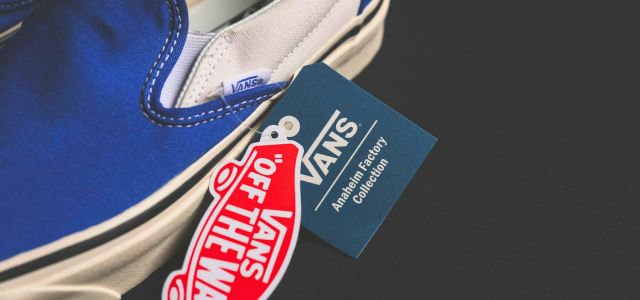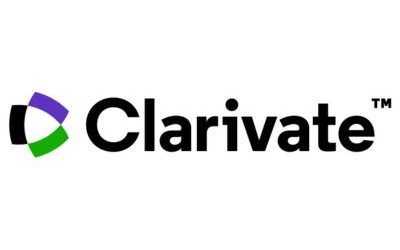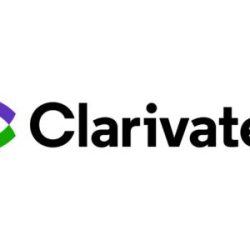The Hon’ble Delhi High Court in the case of Vans Inc. v. FCB Garment Tex (FCB), recently issued a significant ruling restraining Vans from seeking rectification of FCB’s IVANS trademarks, despite Vans’ recent recognition as a well-known trademark. The court clarified that such recognition does not grant an automatic right to challenge trademarks in the Trade Marks Registry.
Facts
The petitioner, Vans, filed for registration of its mark VANS in 1992, on a ‘proposed to be used basis’. The mark was published in 2005 and was registered in 2006. The petitioner officially entered the Indian market in 2011. The mark was declared to be a well-known mark on February 19, 2024. The respondent, FCB, filed for the trademark IVANS in 2002, claiming use since 1999. The mark was published in 2006 and without any opposition, was granted registration in 2007.
Vans primarily focuses on manufacturing and trading apparel, footwear, and related products under Class 25. Similarly, the Indian shoe brand FCB has been using its trademarks under Class 25, for apparel and clothing, since April 1999 for the mark IVANS.
Vans filed rectification petitions against FCB’s trademarks IVANS and IV ANS NXT, arguing that these marks infringed its well-known mark VANS. Vans further claimed that the phonetic and visual similarities, along with the identical goods they represent, would lead to public confusion and cause an association of FCB’s marks with the VANS brand.
Can well-known marks seek rectification of other bona fide marks with established prior use?
While testing deceptive similarity between the marks, the court took into consideration the difference in the price range of products offered, entry of both parties in the market, and the duration and extent of usage of their marks and concluded that it would not be sufficient to establish similarity of a mark with a well-known mark if the former was entered into the register before the well-known mark.
The court further observed that “Issues of similarity cannot be seen in abstract and completely separate and severed from the more determinative issues such as actual prior market use, difference of goods, difference in the devices and labels used, different price points, etc.”
The observation indicates that merely proving similarity between the marks will not ensure a victory in cases involving prior use. Consequently, the court dismissed the rectification petitions on the grounds of prior usage, honest concurrent use, and lack of likelihood of confusion among consumers.
Key takeaways
- Regulated right to rectification: The court emphasized that being a well-known trademark does not provide an unabridged right to rectify other (allegedly similar) marks already in the Register.
- Wider tests of determining likelihood of confusion: The judgment highlighted that similarity alone is insufficient; factors like prior market use, goods differences, and price points are also crucial.
- Impact on proprietors: Proprietors of well-known trademarks must approach rectification applications with caution and robust evidence, proving actual confusion or damage. On the other hand, the present judgment works in favor of bona fide users of marks, rescuing them from devious rectification proceedings by well-known marks.
Author’s comments
This ruling strikes a balance between the rights of well-known trademark owners and prior registered trademark proprietors. It offers a reprieve to bona fide trademarks, as it would be unjust to remove a mark from the register solely because a similar trademark was recognized as well-known years after the entry of the disputed mark into the register.
As for the well-known trademarks, establishing confusion or damages won’t be sufficient to override prior user rights protected under Section 34 of the Trade Marks Act, 1999, stating that a trademark owner’s rights cannot prevent prior users from continuing to use the disputed mark. The Hon’ble Supreme Court in S. Syed Mohideen v. P. Sulochana Bai, emphasized that “it is the bounden duty and obligation of the court” to protect prior user’s rights against a later registrant irrespective of its goodwill and reputation. Therefore, one can conclude that the prior use of the trademark will heavily influence court rulings in the rectification of petitions, regardless of the party’s well-known status.

Written by Sonal Kumari
You may also like…
Clarivate announces the development of IPfolio Law
Clarivate, a leading global provider of transformative intelligence, today announced the development of IPfolio Law,...
The EUIPO launches the Copyright Knowledge Centre for guidance amid rise of generative AI
The Centre aims to help creators and rights holders navigate copyright in today's technological landscape The EUIPO is...
Trademarking the dupe economy: what LULULEMON DUPE signals for the future of enforcement
The dupe culture, particularly in the fashion market, is here to stay. The less expensive versions of luxury garments...
Contact us to write for out Newsletter













